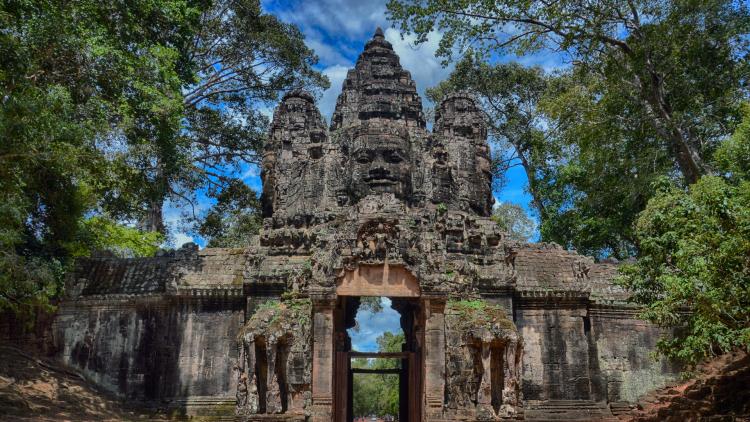H150 Introduction to the History of Modern East and Southeast Asia

Key information
- Start date
- End date
- Year of study
- Year 1
- Duration
- Term 2
- Module code
- 154800323
- FHEQ Level
- 4
- Credits
- 15
- Department
- Department of History
Module overview
Due to the persistence of colonial perceptions in Western school-book knowledge of eastern Asia, the aim of this course is to explore the development of modernising processes in the states and territories of East and South-East Asia from a non-Eurocentric perspective. For this purpose, the course will be following a thematic trajectory, where economic and ecological factors, the transformation of rural society and the creation of new urban groups and classes will be analysed. The same transregional approach will also be implemented in the analysis of political ideologies and of cultural beliefs – including religious life and the role of age and gender in the family. Simultaneously, students will be familiarised with the key elements of political change – and not least conflict – in a chronological manner which will enable the students to consolidate their historical background knowledge. This includes the development of historically deep-rooted states such as the Burmese and Thai kingdoms, the exploitation of trade networks for the creation of Dutch, French and British colonial territories and the rapid expansion of the post-Meiji Japanese state along the entire West-Pacific rim, which ultimately led to the eruption of the Second World War. Both European colonialism and Japanese militarism left deep imprints on the collective memories of the populations whose history we will be studying, which is important if we want to understand their outlook on the wider world and their regional neighbours today. The emphasis is on the development of autochthonous historical awareness, not on the memorisation of British naval expeditions or Japanese military campaigns – although such insight will by no means be deleted from the teaching contents. This introduction to the history of modern East and South-East Asia emphasises how the presence of non-local populations – including Chinese and Tamil traders, European colonists and Japanese soldiers – influenced the development of the local civilisations – but always in proportion to their genuine historical significance.
Objectives and learning outcomes of the module
- Gain a comprehensive understanding of the historical transformation of the entire geographical region (from Mongolia, Tibet, Burma and Thailand in the west to the Philippines in the east; from the Indonesian islands in the south to Siberian Russia in the north) during the nineteenth and twentieth centuries.
- Critically read and interpret source materials.
- Express ideas clearly through oral presentations and seminar discussions.
- Write critical, well-structured, well-researched and persuasively argued essays.
Scope and syllabus
1. Ancient Bridges across the Seas: Flows of Commerce and Culture connecting Asia
2. Spice, Tea and Opium: Trade in South-East and East Asia around 1850
3. Challenges to Social Order in the late Nineteenth Century
4. Intellectual Cross-Currents: Western Thought Enters Eastern Asia (1860–1925)
5. Heydays of Western Imperialism: From Manila to Rangoon and Batavia to Qingdao
6. Fields and Forests: Ecological Adaptation in Subtropical East Asia (1870s–1990s)
7. Religious Fervour: Of Christian, Muslim and Buddhist Missionaries, 1807–1950
8. The Japanese Empire (1895–1945)
9. Socialism and Nationalism: From Anti-Colonial Rebellions to the Cold War (1945–1990)
10. Asia Today: The Legacy of 150 Years of Conflict and Interaction
Method of assessment
- Source Analysis (AS1) of 750 words - worth 30%.
- Essay (AS2) of 2,000 words - worth 70%.
Suggested reading
- Lieberman, V. Strange Parallels: Southeast Asia in a Global Context, c. 800-1830 , (2003).
- Reid, A. Southeast Asia in the Age of Commerce , 1450-1680 , (1988).
- Owen, N.G. The Emergence of Modern Southeast Asia, (2005).
- Heidhues, M.S. Southeast Asia: A Concise History, (2001)
- Pluvier, J. Historical Atlas of South-East Asia, (1995).
- Cribb, R. Historical Atlas of Indonesia (1999).
Convenor
Disclaimer
Important notice regarding changes to programmes and modules
